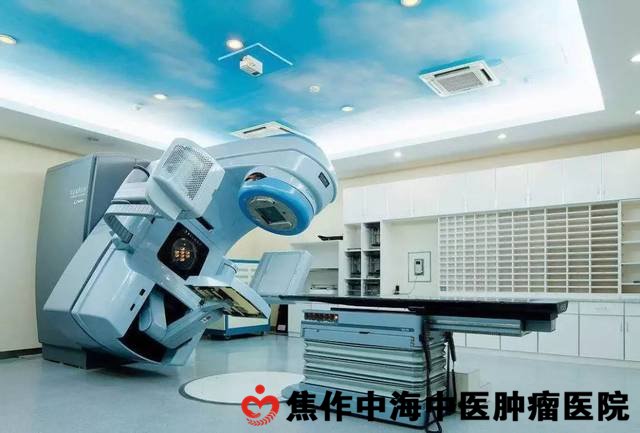Routine examination of patients with lymphoma.
After admission, patients should have routine examination of blood, urine and stool, liver and kidney function, five items of hepatitis B, HCV antibody, HIV antibody, blood glucose, electrolyte and so on.2. Special examination of patients with lymphoma.1. Erythrocyte sedimentation rate, 6-MG, LDH, CRP.It is an important index to reflect whether the lesion is active or not and the tumor load.2. Immunoglobulin and protein electrophoresis.Reflecting the immune function of the body, tumors of the B lymphatic system often secrete monoclonal immunoglobulins.3. Gastrointestinal diseases can be used for gastroenteroscopy or gastrointestinal barium meal.Breath test was performed to detect Helicobacter pylori (H. pylori) infection.4. Imaging examination.Including general X-ray examination (anterior and lateral chest X-ray, gastrointestinal radiography, etc.), CT examination (head and neck, chest and abdomen CT, etc.), abdominal pelvic and superficial lymph node B-ultrasonic examination, if necessary, MRL lymphangiography, PET or PET/CT, etc.(1) routine imaging examination: all lymph node areas and easily invasive visceral organs of each patient should be examined and evaluated before, during and after the first treatment. The lymph node area should include superficial lymph node area and deep lymph node area (mediastinal, retroperitoneal, mesenteric, pelvic and Wechsler ring lymph node area). Imaging can find that the most vulnerable organs are liver and spleen. Enhanced CT can detect the disease and evaluate the curative effect in time, especially when the liver, spleen and deep lymph nodes are involved. MRI has certain advantages in the evaluation of liver, spleen, bone and central nervous system. Due to the progress of non-invasive imaging, lymphangiography has been rarely used.Chest X-ray examination is relatively rough, the tumor can only be found when the tumor is large, and the boundary is not clear, it is difficult to meet the clinical requirements. Gastroenterography is helpful in the detection of gastrointestinal neoplastic ulcers and masses, and has advantages in the evaluation of gastric wall movement and flexibility, but gastroscopy can more intuitively detect gastrointestinal lesions and biopsy to help diagnose. Combined with CT, gastrointestinal wall thickness, mass and tumor infiltration can be evaluated.B-mode ultrasonography is cheap and has certain advantages in the examination of superficial lymph nodes, liver and spleen, retroperitoneal and pelvic lymph nodes, as well as abdominal and pelvic organs. However, due to the presence of gas in the intestinal tract, the examination of deep organs is often not ideal and is easy to be missed. Moreover, there is no standard posture for B-ultrasound examination, which is affected by the patient's condition, the subjective factors of the doctor and the equipment, so the results are not repetitive enough to be used as a strict standard for the evaluation of curative effect. In the clinical oncology research at home and abroad, CT is generally used as the standard for the evaluation of curative effect.(2) PET and PET/CT:PET or PET/CT reflect the energy metabolism of the tumor by IF-FDG, and its uptake intensity is related to the malignant degree and prognosis of the tumor. Due to the high metabolism of lymphoid tumor tissue, the enhancement of anaerobic glycolysis, the prolongation of FDG storage time and the increase of F-FIXG accumulation in lymphoid tumor cells, PET examination showed excessive F-FIXG uptake. Due to the heterogeneity of tumors, different lymphoma lesions or metastatic foci may have different intake of F-FDG. CT, especially enhanced CT, not only helps to identify the lesions with low F-FDG uptake, but also helps to exclude physiological IRF-FDG intake and improve the credibility and accuracy of PET results. Therefore, some studies believe that 60% of tumor lesions can be found by CT alone, 90% lesions can be found by PET alone, and the diagnostic accuracy of PET/CT can be improved to 98%.

